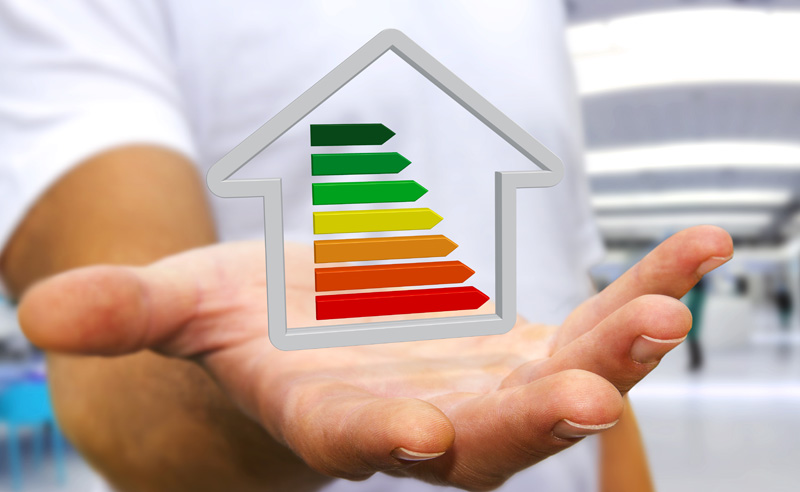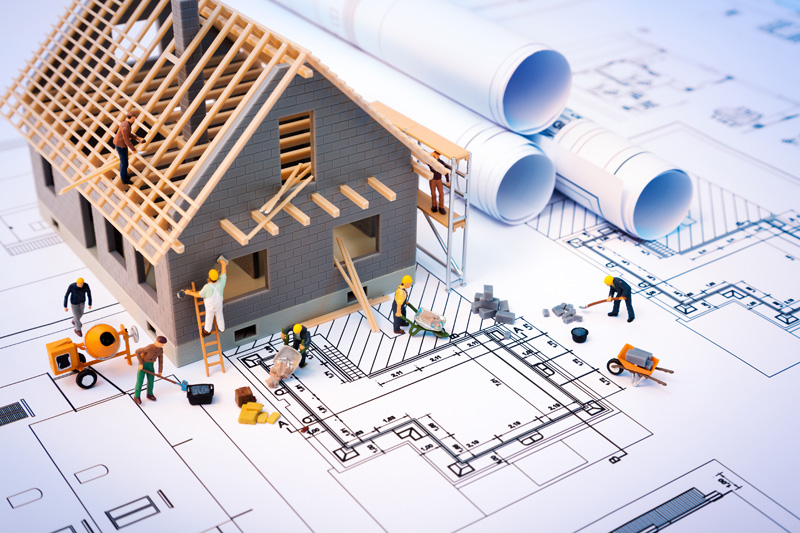Building new homes is an important part of improving the overall infrastructure in the UK, more important perhaps due to the level of demand than upgrading road and rail systems and modernising communications. Over the years, a lot has changed in the construction sector, from the way in which architects design buildings to be more people and environmentally friendly, to the quality of the materials used in construction, and ultimately to added interior features that increase comfort and sustainability.
Sustainability has come to mean a number of things generally, and some fairly specific things in the construction sector. Besides economic considerations, it encompasses protecting the environment and represents using resources as efficiently as possible. Here are a few of the ways in which buildings make a significant contribution to a sustainable society.
Design stage
There are certain elements in a new home that architects try to make the most of or optimise. These include
- The characteristics of the available site.
- Building materials used in construction.
- Energy use during and after construction.
- Water conservation.
- Improving the quality of the environment indoors.
- Operational practices, including ongoing maintenance.
For an architect, making the most of a site for a new home means looking carefully at a number of issues, including access, parking and general physical safety. Basically, the site of a sustainable building should be suitable for the proposed development, especially for housing. It should also work in such a way as to make use of available resources without unduly depleting them. Good landscape design will provide the amenities needed without unnecessarily harming the flora and fauna that are native to the region.

Building materials
The nature and quality of desirable building materials has advanced considerably in the last 50 years. Home building today uses and reuses materials in the most productive way possible, striving to resist major environmental impacts, such as the depletion of precious resources, global warming and the fact that humans can and do contribute to toxicity. Indeed, contemporary materials are chosen specifically to minimize negative effects on human and environmental health, as well as to provide the best possible solutions that meet construction requirements. Some examples of modern eco friendly building practices include using rammed earth walls in construction and making use of metal recyclers.
Energy and water use
The availability of fossil fuels is continuing to reduce, and as in other industries, home designers and builders are looking for ways to reduce dependence on them, particularly as the impact of global climate change becomes ever clearer. Renewable energy, such as using solar panels on a rooftop, is where the future lies for existing as well as new buildings. There are efforts and commitments being made within both government and the private sector to create zero net energy buildings. These will reduce the required energy load as well as increase energy efficiency.
Worldwide, fresh water is an increasingly scarce resource, so using water efficiently in a sustainable home is vital. From relatively simple water saving gadgets to the introduction of rainwater harvesting, and recycling grey water and black water, there are a number of possible solutions. In fact, the organisation Waterwise, which researches, advises and campaigns on water related issues, advocates the use of a water calculator by all those designing new buildings, so that potential savings in terms of consumption can be assessed and adopted.

The indoor environment
Using people-friendly materials and finishes protects human health and welfare. One important factor is controlling heat and light as part of climate control. In this respect, fitting plantation window shutters is beneficial and contributes towards physical security and privacy. Adequate insulation also makes it easier to minimise heat loss and nowadays both walls and roof spaces are generally protected in this way. Windows and doors are usually double-glazed and seals around openings are air and watertight.
Operational practices
It’s worth noting that today’s construction processes are designed to improve conditions on site in order to ensure the health and safety of workers. These can also reduce the costs of disposal of materials and reduce the liabilities. With improved practices, achieving environmental targets and goals becomes easier. They also result in higher productivity and prevent errors and failures in systems. People who maintain buildings, as well as those who operate them, are encouraged to participate at the design and development stages.
Finally, as materials can be specified by building designers, it’s possible to reduce and to simplify ongoing maintenance requirements, in consultation with those who will be engaged in those tasks. Tracking the progress of initiatives to monitor and measure sustainability is ideal, both on site during construction as well as on and after completion.
